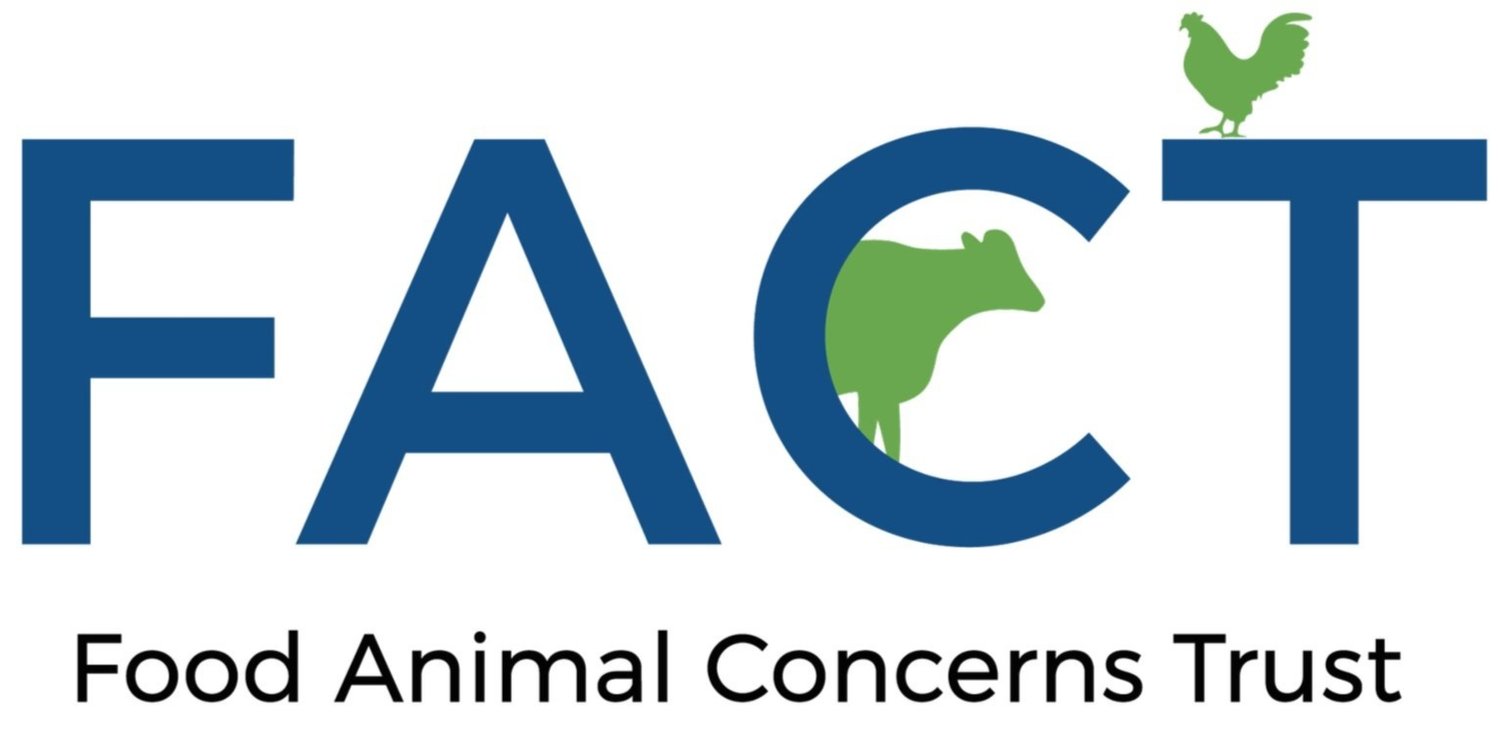Conservation practices that encourage soil health
Managed intensive rotational grazing
Managed Intensive rotational grazing is different than simple rotational grazing. In a simple rotational grazing pasture system, the pastures are minimally segmented with some rest. In an Intensively grazed system pastures are split into small areas of pasture (paddocks) and are grazed for short periods of time, allowing for long periods of rest and regrowth. Forage is always 4” or taller. Learn more about managed intensive rotational grazing
Perennial plantings
Perennials are plants that return year after year. Even though the top, vegetative growth might die back the plant is still alive under the soil. Their much deeper, much more extensive root system protects against soil erosion and nutrient depletion. Perennials tend to be hardy and nutritious. If you plant species such fescue, alfalfa or white clover you’re already using perennial plantings.
Grazing cover crops
Cover crops are annuals that are typically grown to cover bare dirt after a crop harvest preventing soil erosion and increasing soil health by feeding soil microbes. When grazing cover crops livestock is allowed on the field to eat the mature vegetation depositing fertilizer and increasing soil organic matter by pushing the remaining vegetation into the soil. Once the cover crop has been grazed no-till planting methods can be used to plant the next succession crop. Learn more about grazing cover crops
Prevent overgrazing
Pasture overgrazing occurs when a pasture is overstocked or livestock is not moved frequently enough. When a pasture is overgrazed existing stands of forages are damaged resulting in plant death and the inevitable bare patches leading to weed problems, soil heath issues and poor-quality forage. If you take your livestock off a pasture or paddock while the forage is 4-5” or taller then you are preventing overgrazing. Learn more about preventing overgrazing
Organic practices to control pests and weeds in pastures
Rather than using chemical or synthetic pesticides, if you plant cover crops, use managed grazing techniques, or overseed then you’re using a few of the many organic practices recommended by the USDA. Learn more about organic pest control practices
No-till or reduced tillage
No-till and reduced tillage techniques keep a vegetative cover over the soil preventing erosion and improving soil health. Overseeding with annuals can extend grazing on a particular pasture into different growing seasons. No-tillage or reduced tillage methods are essential in an intensively managed grazing program.
Establishing native grass or legumes
In general, native grasses help add diversity to a pasture without requiring additional fertilizer or water. They readily reseed and add nutritional value to your pasture (plus they encourage wildlife). A pasture with multiple species of grasses and forages which include natives is more likely to thrive whatever mother nature sends your way. Planting legumes (vetch, cowpeas, beans, alfalfa, clover) helps to fix nitrogen in your soil helping to keep fertilizer usage to a minimum. Better for the environment and for your wallet.
Practices that enhance wildlife habitat
Practices that encourage wildlife habitat help reduce our carbon footprint and encourage local flora and fauna. Many farmers are already using this conservation practice without even knowing it. If you have a riparian buffer next to a stream or around a pond, leave strips of wetlands unplanted, deliberately plant pollinator strips between pastures or rows then you’re using practices that encourages wildlife. If you wait until later in the spring to hay your fields so that ground nesting birds can hatch out their clutches, then you’re using practices that encourage wildlife. Learn more about farming practices that reduce harm to pollinators


